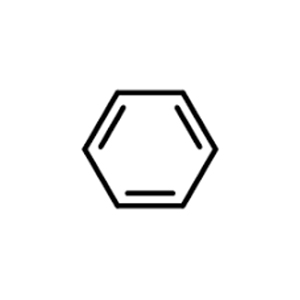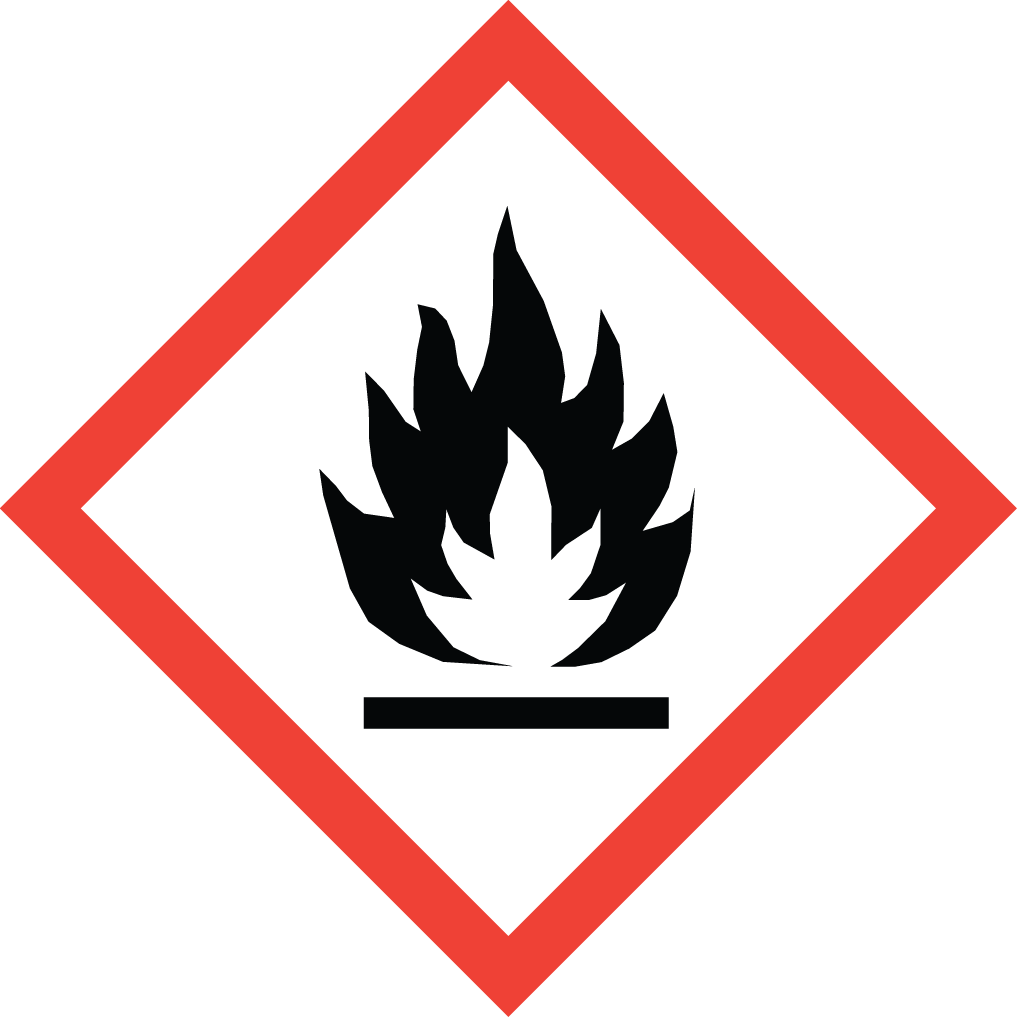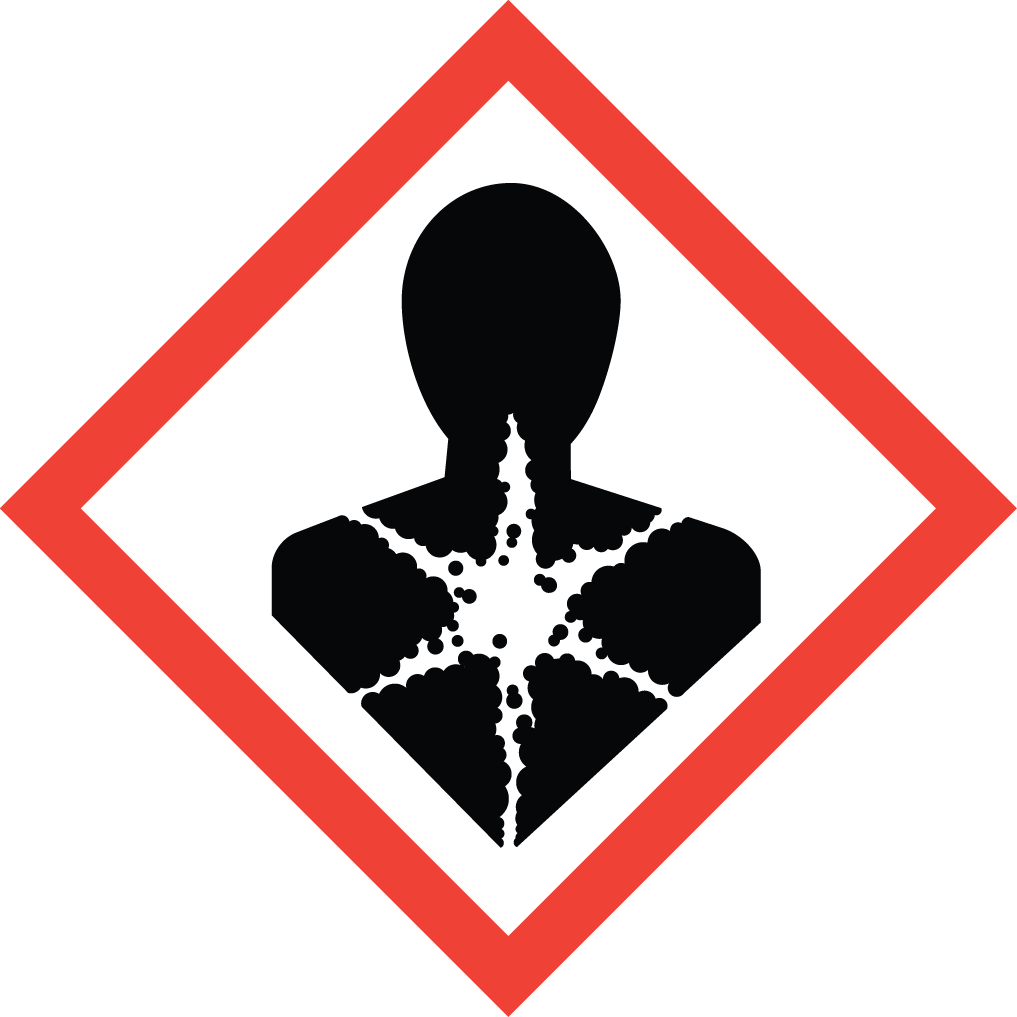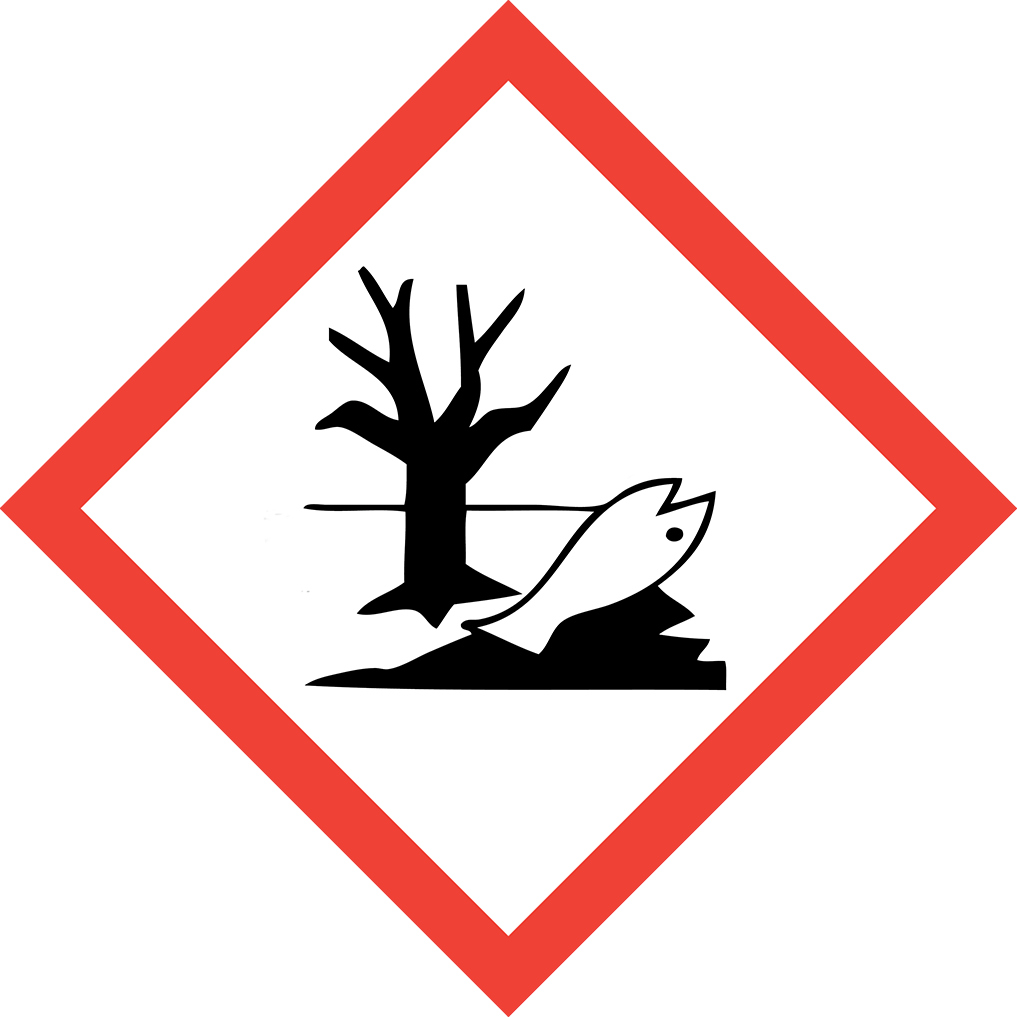Premium Petroleum Ether Solutions by Aure Chemical
Aure Chemical is a leading global supplier of Petroleum Ether, also widely known as Ligroine or Benzine. This versatile, non-polar solvent is a carefully refined mixture of light aliphatic hydrocarbons, crucial for a broad spectrum of industrial, laboratory, and research applications. We offer various boiling ranges to precisely match your specific requirements.
Basic Information of Petroleum Ether
Petroleum Ether (CAS No. 8032-32-4) is a colorless, highly flammable liquid with a characteristic gasoline-like odor. Its low boiling points and excellent solvency for non-polar substances make it indispensable for extraction, purification, and cleaning processes where a volatile and residue-free solvent is needed.
| CAS No.: | 8032-32-4 |
|---|
| EC No.: | 232-453-7 |
|---|
| Appearance: | Transparent Liquid |
|---|
| Density: | 0.77 g/mL at 20 °C |
|---|
| RIDADR: | UN 1146 3/PG 2 |
|---|
| Chemical Structure: |  |
|---|
Tailored Quality: Petroleum Ether by Boiling Range
At Aure Chemical, we understand that different applications demand specific solvent properties. Therefore, we offer Petroleum Ether precisely fractionated by boiling range, ensuring optimal performance and consistency for your processes. Our common grades include:
Petroleum Ether 30-60°C
Description: The lightest fraction, characterized by its very low boiling point and high volatility.
Key Applications: Ideal for applications requiring rapid evaporation, such as quick drying extractions, thin-layer chromatography (TLC), and as a solvent in volatile formulations.
Petroleum Ether 40-60°C
Description: A slightly heavier fraction than 30-60°C, offering a balance between volatility and solvency power.
Key Applications: A commonly used laboratory solvent for extractions (e.g., fats and oils), chromatography (column and paper), and as a general-purpose solvent in various analytical and synthetic procedures.
Petroleum Ether 60-80°C
Description: A higher boiling range fraction, providing increased solvency and reduced evaporation rate compared to lighter grades.
Key Applications: Suitable for industrial cleaning and degreasing, as a solvent in paints, coatings, and adhesives, and for extractions requiring slightly less volatility.
All our grades of Petroleum Ether undergo stringent quality control, ensuring high purity, low residue on evaporation, and minimal aromatic content. A comprehensive Certificate of Analysis (CoA) accompanies every batch, confirming its specific boiling range and purity parameters.
General Applications of Petroleum Ether
Across its various boiling ranges, Petroleum Ether is widely used for:
Extraction Solvent: Highly effective for extracting fats, oils, waxes, and resins from various natural products and materials in both food and industrial applications.
Chromatography: An essential mobile phase or eluent in various chromatographic techniques, including thin-layer chromatography (TLC) and column chromatography.
Industrial Cleaning & Degreasing: Used as a powerful cleaning agent for machinery, electronic components, and surfaces, leaving minimal residue.
Laboratory Reagent: A common non-polar solvent for various chemical reactions, dilutions, and extractions in research and analytical laboratories.
Rubber & Polymer Industry: Utilized as a solvent for specific types of rubber and polymers.
Aure Chemical: Your Reliable Petroleum Ether Partner
Partnering with Aure Chemical for your Petroleum Ether needs guarantees:
Precision & Quality: We ensure the correct boiling range and high purity for optimal performance in your applications.
Robust Global Logistics: Our extensive network ensures efficient and secure delivery of Petroleum Ether worldwide, in full compliance with international shipping regulations for flammable liquids.
Commitment to Safety & Compliance: We adhere to the highest safety standards for handling, storage, and transportation of this highly flammable solvent, providing complete Safety Data Sheets (SDS) and necessary dangerous goods documentation.
Dedicated Customer Support: Our knowledgeable team is always available to provide technical insights and assist with your ordering and logistical requirements.
Hazards Classification
GHS Classification: Flammable Liquid (GHS02), Health Hazard (GHS08), Environmental Hazard (GHS09)
Hazard Statements: Highly flammable liquid and vapor; may cause drowsiness or dizziness; may cause damage to organs through prolonged or repeated exposure; toxic to aquatic life with long lasting effects.
UN Number: UN 1268
Hazard Class: 3 (Flammable Liquids)
Packing Group: II
 GHS02: Flammable
GHS02: Flammable GHS08: Health hazard
GHS08: Health hazard GHS09: Environmental hazard
GHS09: Environmental hazard
